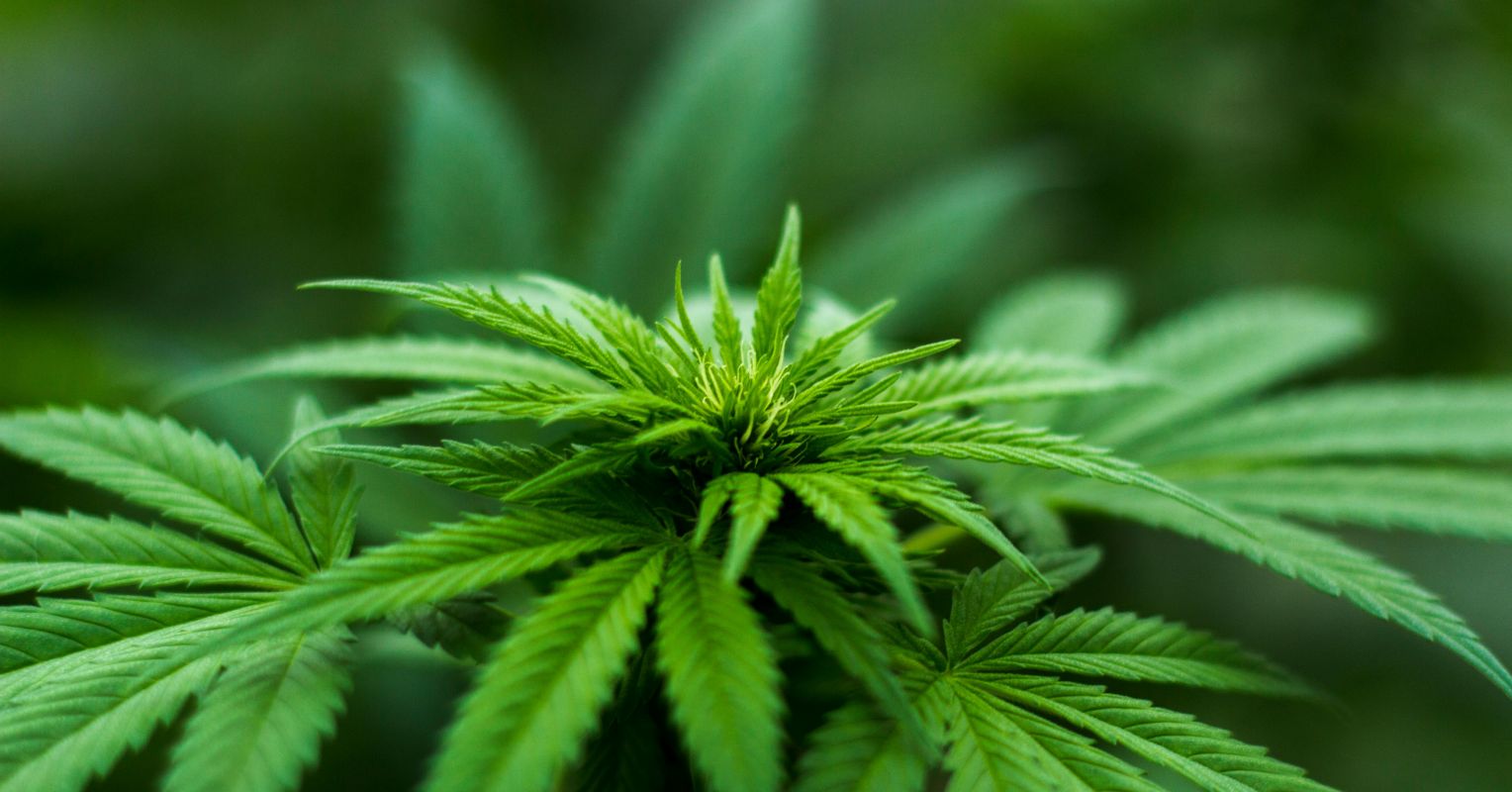
"Cannabis, once a symbol of rebellion and counterculture, is now one of the most commonly used recreational substances. The plant's primary psychoactive compounds, THC (tetrahydrocannabinol) and CBD ( cannabidiol), act on one of the body's most widespread neurotransmitter systems. The endocannabinoid and the CB1 and CB2 receptors don't work in the usual way we think of. Whereas GABA and Glutamate directly decrease or increase activity in neurons through the opening"
"The endocannabinoid system (ECS) is not unique to humans; it appears across the animal kingdom, from fish to mammals, and always with the same purpose: to maintain homeostasis. It does so through molecules our own cells produce on demand, called endocannabinoids, the best-known being anandamide (also found in chocolate) and 2-arachidonoylglycerol (2-AG). Unlike classic neurotransmitters such as dopamine or serotonin, these compounds are made only when needed, acting as real-time regulators rather than continuous messengers."
"The CB1 Receptor and the Brain's Inner Balance This post is not about THC and CBD (we will talk about how they work), it's about the endocannabinoid system itself. We will discuss the unusual nature of this system. The CB1 receptor is found all over the central nervous system. The CB2 receptor is found on peripheral organs like the GI tract and on immune cells."
THC and CBD act on the endocannabinoid system, a widespread neurotransmitter network that maintains physiological and emotional balance. CB1 receptors populate the central nervous system and sit presynaptically to regulate neurotransmitter release, producing effects opposite to classical neurotransmitters. CB2 receptors localize to peripheral organs such as the gastrointestinal tract and to immune cells, linking immune function to neural signaling. Endocannabinoids like anandamide and 2-AG are synthesized on demand and act as real-time regulators rather than continuous messengers. The system appears across the animal kingdom and functions primarily to preserve homeostasis.
Read at Psychology Today
Unable to calculate read time
Collection
[
|
...
]